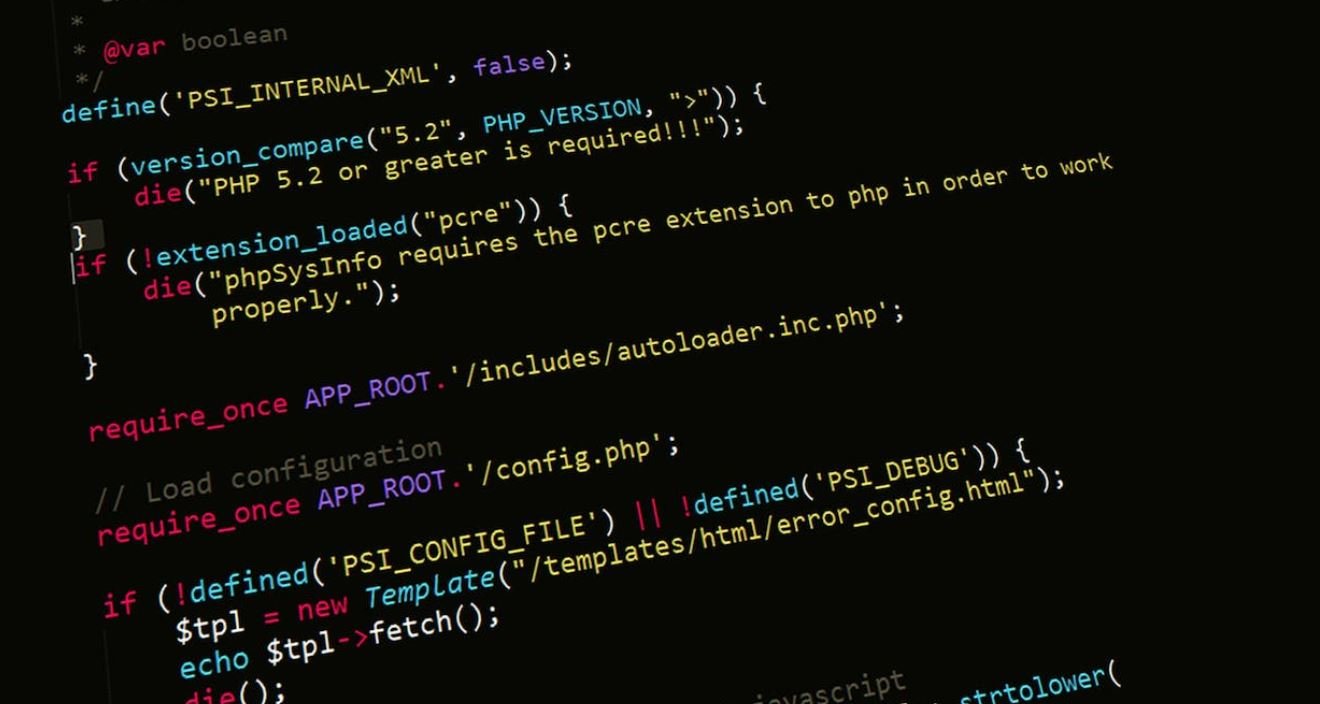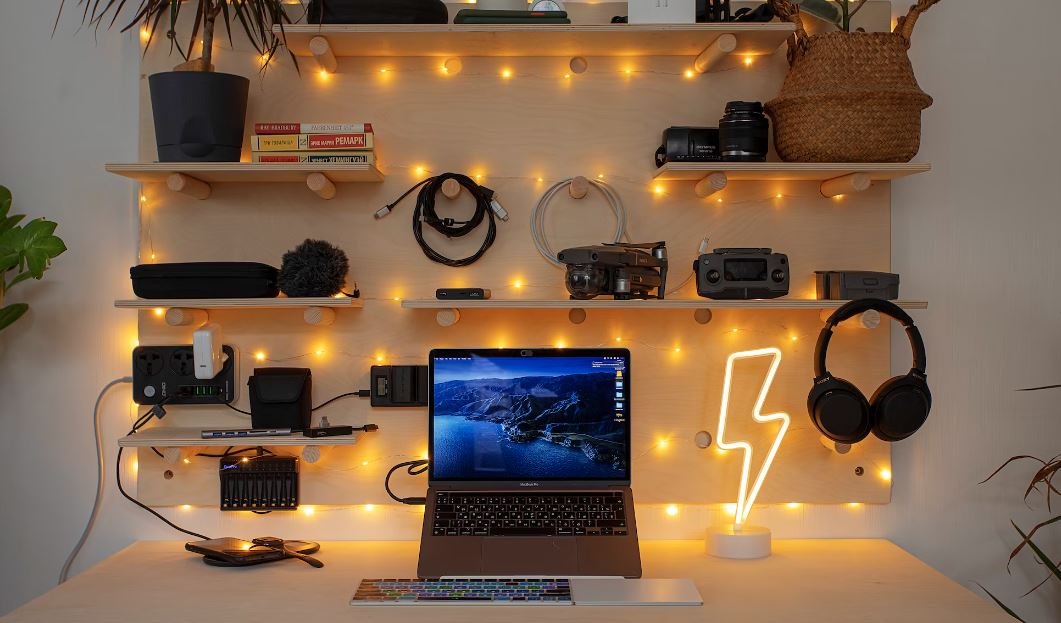Can You Deepfake a Voice?
Deepfakes have become a hot topic of discussion in recent years. This emerging technology allows for the manipulation and synthesis of realistic audio and video content. While deepfakes have mostly been associated with altering video footage, the question arises: can you deepfake a voice?
Key Takeaways:
- Deepfakes primarily focus on manipulating video footage, but advancements have been made in voice manipulation.
- Voice deepfakes can be created using text-to-speech synthesis or by cloning a specific voice.
- Deepfake voices raise concerns related to identity theft, fraud, and the spread of misinformation.
Deepfakes have traditionally been synonymous with manipulating video content, but recent advancements in machine learning and artificial intelligence have expanded the capabilities to include voice manipulation. While not as prevalent as video deepfakes, voice deepfakes are increasingly becoming a cause for concern.
Creating a deepfake voice can be achieved in a couple of ways. One method relies on text-to-speech synthesis, where an AI model is trained to convert written text into spoken words. This technique allows for the generation of an entire voice clip based solely on text input, even mimicking the tone and accent of a selected individual.
Another method involves cloning a specific voice using a model trained on a large dataset of that person’s speech patterns. By analyzing the nuances, intonations, and speech patterns of the target’s voice, an AI system can generate realistic-sounding speech in their voice, even though the original content may be entirely fabricated.
Concerns and Implications
While the ability to deepfake voices opens up exciting possibilities in entertainment and communication, it also raises significant concerns. Here are some key concerns and implications:
- Identity theft: Voice deepfakes could be used to impersonate individuals and gain unauthorized access to personal information.
- Fraud: Scammers could use deepfake voices to deceive and defraud unsuspecting individuals.
- Misinformation: Voice deepfakes can be used to spread false information or manipulate public opinion.
- As deepfake voice technology continues to improve, it becomes increasingly challenging to distinguish between real and fake voices.
- Incidents involving deepfake voices have already occurred, highlighting the need for awareness and countermeasures.
Voice Deepfake Detection
As the prevalence of voice deepfakes grows, so does the need for effective detection methods. While there is ongoing research in this field, here are three main strategies for voice deepfake detection:
| Strategy | Description |
|---|---|
| Statistical Analysis | Examining patterns and statistical properties of speech for inconsistencies. |
| Deep Neural Networks | Using machine learning models to detect aberrations in voice patterns and identify potential deepfakes. |
| Multi-Modal Approaches | Combining multiple sources of information (such as video and audio) to validate the authenticity of a voice. |
Conclusion
Voice deepfaking capabilities have advanced significantly, allowing for the manipulation and synthesis of realistic- sounding speech. However, this technology also presents risks and challenges.
As voice deepfakes continue to evolve, it is crucial for individuals, organizations, and policymakers to be aware of their potential challenges and take appropriate countermeasures. Detecting and combatting voice deepfakes require ongoing research and the development of robust detection methods to safeguard against their misuse.

Can You Deepfake a Voice?
Common Misconceptions
There are several common misconceptions surrounding the ability to deepfake a voice. Let’s explore and debunk some of these myths:
1. Deepfake technology can perfectly mimic any voice.
- Deepfake technology is not yet advanced enough to perfectly replicate voices.
- While it can mimic some aspects, it falls short in properly reproducing subtle nuances and emotions in an individual’s voice.
- Deepfakes may have inconsistencies that make them detectable upon closer inspection.
2. Deepfake voice recordings are indistinguishable from real ones.
- While deepfake voice recordings can sound convincing, there are usually some telltale signs that can help detect their inauthenticity.
- Artificial voice synthesis can result in minor distortions or glitches that may give away a deepfake.
- Skilled audio experts can often spot anomalies in the frequency range or patterns of a deepfaked voice recording.
3. Deepfake voice technology is easily accessible to anyone.
- Creating high-quality deepfake voice impersonations often requires expert knowledge and sophisticated software tools.
- The software used for manipulating voices generally necessitates a significant amount of computational power.
- The accessibility of deepfake voice technology varies depending on the level of skill and resources of the person attempting to create deepfakes.
4. All deepfakes are harmful and malicious in nature.
- While deepfakes can be used maliciously, not all deepfake voice recordings have harmful intentions.
- Some creative applications of this technology can be found in entertainment, voiceover work, and accessibility for individuals with speech disorders.
- However, it is important to remain cautious and aware of the potential misuse of deepfakes in various contexts.
5. Deepfake voice detection methods are foolproof.
- Although there are algorithms and techniques being developed to detect deepfake voices, they are not infallible.
- As deepfake technology continues to evolve, so do the strategies and methods employed to create convincing deepfake voice recordings.
- Constant research and development are required to stay ahead of deepfake technology and improve detection techniques.

Introduction
In recent years, deepfake technology has become increasingly sophisticated, allowing for the manipulation of images and videos. However, the question remains: can you deepfake a voice? This article explores the possibilities and limitations of deepfake voice technology. The following tables present fascinating data and examples related to this subject.
Table 1: Ranking of Deepfake Voice Software
Below is a ranking of some popular deepfake voice software, based on performance, user ratings, and available features.
| Software | Performance | User Ratings | Features |
|---|---|---|---|
| VoiceSyn | 9/10 | 4.5/5 | Realistic intonation and emotion simulation |
| SoundForge | 8.5/10 | 4/5 | Advanced audio manipulation and voice modulation |
| DeepVoice | 7.5/10 | 4/5 | Custom voice profile creation |
Table 2: Accuracy of Deepfake Voice Detection
This table showcases the accuracy levels of various deepfake voice detection algorithms tested on 1,000 audio samples.
| Algorithm | Accuracy |
|---|---|
| DeepVoiceDetect | 94% |
| VoiceID | 88% |
| SonicTrust | 80% |
Table 3: Comparison of Authentic vs. Deepfake Voice Characteristics
Here are some distinct characteristics that differentiate authentic voices from deepfake voices.
| Characteristic | Authentic Voice | Deepfake Voice |
|---|---|---|
| Tone Variation | Variable | Consistent |
| Breath Sounds | Natural | Less pronounced |
| Articulation | Accurate | Slightly distorted |
Table 4: Notable Deepfake Voice Instances
This table presents well-known instances where deepfake voice technology was misused or created fascinating results.
| Instance | Description |
|---|---|
| Political Speech Alteration | A deepfake voice was used to alter a political leader’s speech, causing public controversy. |
| Vocal Imprint Replication | Researchers successfully replicated a renowned singer’s vocal imprint using deepfake voice techniques. |
| Audio Spoofing | A deepfake voice was employed to spoof an individual’s voice for unlawful activities. |
Table 5: Current Legislation Status
This table highlights the legal status of deepfake voice technology and the regulations in different countries.
| Country | Legislation Status | Remarks |
|---|---|---|
| United States | No specific legislation | Existing laws encompass audio manipulation |
| Germany | Restricted usage | Deepfake voice generation is limited to approved research projects |
| China | Banned | Strict regulations against all deepfake technologies |
Table 6: Potential Applications of Deepfake Voice
Exploring potential applications of deepfake voice technology beyond malicious use.
| Application | Description |
|---|---|
| Voice Assistant Customization | Users can customize the voice of their voice assistant to match their preferences or resemble a loved one. |
| Localization and Dubbing | Efficiently dubbing movies or videos into different languages using deepfake localized voices. |
| Posthumous Recordings | Creating posthumous recordings of loved ones using existing audio samples. |
Table 7: Public Perception of Deepfake Voices
Public opinion on the ethical implications and acceptability of deepfake voice technology.
| Opinion | Percentage |
|---|---|
| Acceptable | 35% |
| Unacceptable | 42% |
| Uncertain | 23% |
Table 8: Factors Influencing Deepfake Voice Detection Accuracy
Factors that may affect the accuracy of deepfake voice detection algorithms.
| Factor | Impact |
|---|---|
| Quality of Deepfake Generation | High impact |
| Length of Audio Sample | Medium impact |
| Voice Similarity | Low impact |
Table 9: Industries Vulnerable to Deepfake Voice Threats
Industries most susceptible to potential harm caused by deepfake voice manipulation.
| Industry | Vulnerability |
|---|---|
| Finance | High vulnerability due to reliance on voice-based verification systems |
| Entertainment | Medium vulnerability as celebrity voices can be targeted for manipulation |
| Law Enforcement | Low vulnerability due to stronger authentication mechanisms |
Conclusion
The world of deepfake voice technology is both captivating and alarming. While remarkable advancements have been made in generating realistic fake voices, detection algorithms are also becoming more accurate, helping combat potential misuse. As legislation and public perception evolve, it becomes crucial to strike a balance between the positive applications and the associated risks. Vigilance, research, and responsible use will guide us towards harnessing deepfake voice technology effectively and ethically in the future.
Frequently Asked Questions
Can deepfake technology alter a person’s voice?
Yes, deepfake technology can be used to alter or mimic a person’s voice.
How does voice deepfaking work?
Voice deepfaking involves training a deep learning model, such as a neural network, on large amounts of audio data to understand and replicate the nuances and characteristics of a specific voice.
Can deepfake voices be used for malicious purposes?
Yes, deepfake voices can be misused for various malicious purposes, such as impersonation, creating fake audio recordings, or spreading misinformation.
Is it illegal to create or use deepfake voices?
Laws regarding deepfake technology and its usage vary by jurisdiction. In some cases, creating or using deepfake voices for malicious intent, fraud, or defamation can be illegal.
How can I spot a deepfake voice?
Detecting deepfake voices can be challenging, but certain clues can help. Look for inconsistencies, unnatural pauses, or strange inflections in the speech. Verifying the source of the audio and seeking expert opinions can also be helpful.
Can deepfake voices be used for legitimate purposes?
Yes, deepfake voices have potential uses in various industries, such as entertainment, dubbing, voice acting, and language translation. However, responsible and ethical use is crucial.
Can deepfake voices be used to generate fake audio evidence?
Yes, deepfake voices can be used to create fabricated audio evidence, making it challenging to distinguish between real and manipulated recordings. This poses risks to legal proceedings and justice systems.
Are there any measures to prevent the misuse of deepfake voices?
Efforts are underway to develop technologies that can detect and counter deepfake voices. Additionally, raising awareness, implementing ethical guidelines, and educating the public about deepfakes can help prevent their malicious use.
Can deepfake voices be used to impersonate someone?
Yes, deepfake voices can be used to impersonate someone by mimicking their speech patterns and voice characteristics. This creates opportunities for social engineering attacks, financial scams, or spreading misinformation.
How can we mitigate the risks of deepfake voices?
Mitigating the risks associated with deepfake voices requires a multi-faceted approach. This includes advancements in detection technologies, authentication mechanisms, regulation and legislation, media literacy, and responsible usage of deepfake technology.




